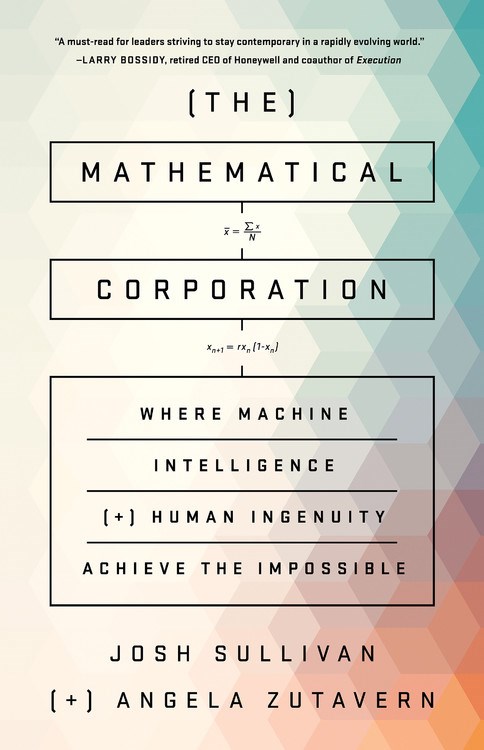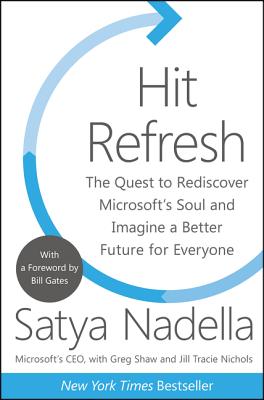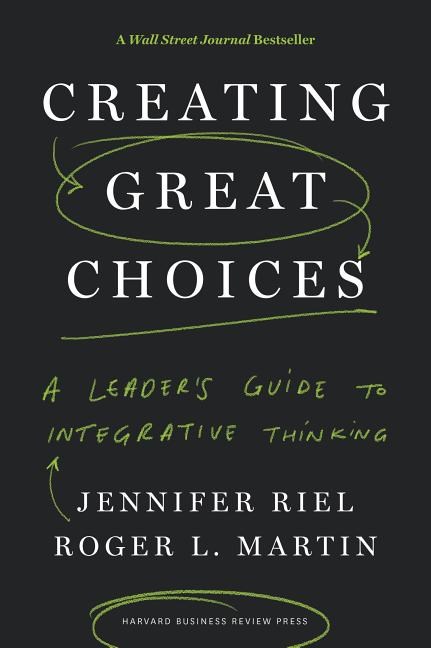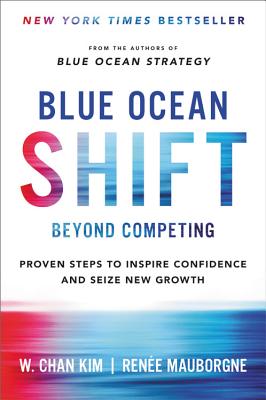Inside the Longlist: The Best Leadership & Strategy Books of 2017
November 08, 2017
Our General Manager Sally Haldorson led our search for the five best books on leadership and strategy published in 2017, and discusses here those we chose in the end.
No leader can be decoupled from the organization he or she leads. When we celebrate the best contemporary business leaders, we choose those who have commanded a successful turnaround, or pulled a company out of a fatal nosedive, grown a company from scratch, multiplied profits for shareholders, or reformed policy to tilt the scales in the workers’ favor. In other words, we celebrate leaders who do big things. It’s far harder to identify the small, smart, strategic moves that accumulate and satisfy the long-game. It’s far harder to remain humble and curious every day about the infinitesimal improvements that can be made to shape a better future for the organization as a whole. But that is the challenge of any organization’s leader: to work day in and day out to gain every inch in the pursuit of the laudatory mile. The books in this year’s Leadership & Strategy category serve to teach all leaders how to make the right moves behind the scenes so everyone in the organization can celebrate the big wins.

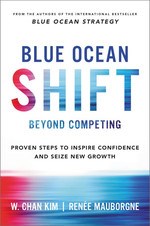 Blue Ocean Shift: Beyond Competing - Proven Steps to Inspire Confidence and Seize New Growth by W. Chan Kim and Renee Mauborgne, Hachette Books
Blue Ocean Shift: Beyond Competing - Proven Steps to Inspire Confidence and Seize New Growth by W. Chan Kim and Renee Mauborgne, Hachette Books
It’s tempting to consider Blue Ocean Shift the sequel to Kim and Mauborgne’s bestselling Blue Ocean Strategy, but it is a book that stands completely on its own, and at the same time represents the other half of the whole. Where Strategy was about changing the way we think about business—the knowing—Shift is about changing the organization itself—the doing. And you know who does the doing? The people and teams within the organization, so it’s critical that the approach for creating new markets involves them from the start. “Instead of treating execution as something that happens after the strategy has been set, it needs to be built into the strategy from the start or people won’t own it.” Easier said than done, but this book illustrates the process in such a clear fashion, leaders can generate new opportunities—by creating entirely new markets instead of competing in existing ones—with confidence.
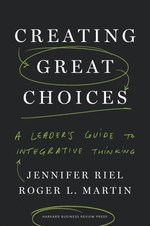 Creating Great Choices: A Leader’s Guide to Integrative Thinking by Jennifer Riel and Roger L. Martin, Harvard Business Review Press
Creating Great Choices: A Leader’s Guide to Integrative Thinking by Jennifer Riel and Roger L. Martin, Harvard Business Review Press
In some ways, Riel and Martin’s Creating Great Choices is the Blue Ocean Shift for your brain. They advocate “creating choices” rather than “making choices” from pre-existing, competing options. Most people don’t approach their own thinking as rife with new strategic opportunities, so the practice of integrative thinking Riel and Martin offer will, in essence, most likely blow your mind. It will, at least, blow up the predictable ways you’ve been taught to think about a problem in order to find new solutions. “What does all this mean in practical terms?” the authors ask. “It means we need to be willing to take the metacognitive step, not only as we work through particular business challenges but also as we more generally operate in the world. We need to think about our own thinking.”
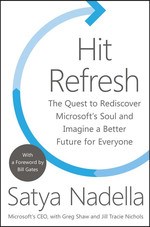 Hit Refresh: The Quest to Rediscover Microsoft’s Soul and Imagine a Better Future for Everyone by Satya Nadella, Harper Business
Hit Refresh: The Quest to Rediscover Microsoft’s Soul and Imagine a Better Future for Everyone by Satya Nadella, Harper Business
Satya Nadella’s pithy and poignant writing makes his book inexhaustibly quotable, so any number of lines from this book might illustrate his underlying message that leaders must lead from the head and the heart in order to be fully engaged at soul level. And yet, the following four questions—and the idea that all four answers should fit snuggly inside another as a set of philosophical nesting dolls—are a perfect exercise for leaders to begin their own existential examination:
Why do I exist?
Why does our institution exist?
What is the role of a multinational corporation in our world?
What is the role of a leader in digital technology, especially as the world turns to tech as such a crucial input to drive growth?
These questions haunt me, and they motivated me to write Hit Refresh.
You can substitute in your own company's place in the world for that of a "leader in digital technology." The important lesson for leaders is that, just like Riel and Martin ask us to interrogate our thinking habits, Nadella asks us to search our hearts.
 Lead Right for Your Company’s Type: How to Connect Your Culture with Your Customer Promise by William E. Schneider, AMACOM
Lead Right for Your Company’s Type: How to Connect Your Culture with Your Customer Promise by William E. Schneider, AMACOM
While Nadella draws a connecting line between the soul of the leader and the soul of the organization, Schneider warns that if you don’t know what kind of organization you have, or what its soul is, you will fall short on connecting your company’s internal and external selves. That through-line is critical, he argues, if you want to prevent dissonance or pain points between what your organization can do versus what you think your organization can do—and how it’s built to do it. “Individuals are important, but your individuals can only succeed and prosper within the kind of system required to deliver on your enterprise’s customer promise.” Knowing what your company is built to do enables your people to do it, with clarity and from a stable infrastructure, creating a positive culture that radiates out to your customers and back.
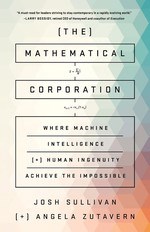 The Mathematical Corporation: Where Machine Intelligence and Human Ingenuity Achieve the Impossible by Josh Sullivan & Angela Zutavern, PublicAffairs
The Mathematical Corporation: Where Machine Intelligence and Human Ingenuity Achieve the Impossible by Josh Sullivan & Angela Zutavern, PublicAffairs
In a world in which machine intelligence is becoming more and more prominent, a refreshing number of this year’s books reminded us that humans still have a key role to play in business. This previous four all further that understanding, and The Mathematical Corporation assures us that true success can only come from a symbiotic relationship between machines and humans. A machine’s potential to “master complexity” and huge swaths of data is unparalleled, but a human brain’s ability to interpret and perform “many of the loftiest cognitive tasks” is proving unreplicable. “Reaching for the stars, responding with the grit of an underdog, believing in moonshot ideas—none of these are quantifiable urges and aspirations that machines will commandeer from people.” Sullivan and Zutavern contend that only the two together have the power to solve the future’s most difficult of equations.
If there is a throughline to this year’s best books on leadership and strategy, it is that these are not books solely dedicated to dispassionately surveying the competitive landscape and riding out to meet it, but about a leader’s commitment to self-interrogation and reflection—both of themselves as a leader and of the organization they lead—and how from that willingness, or curiosity, comes success.


